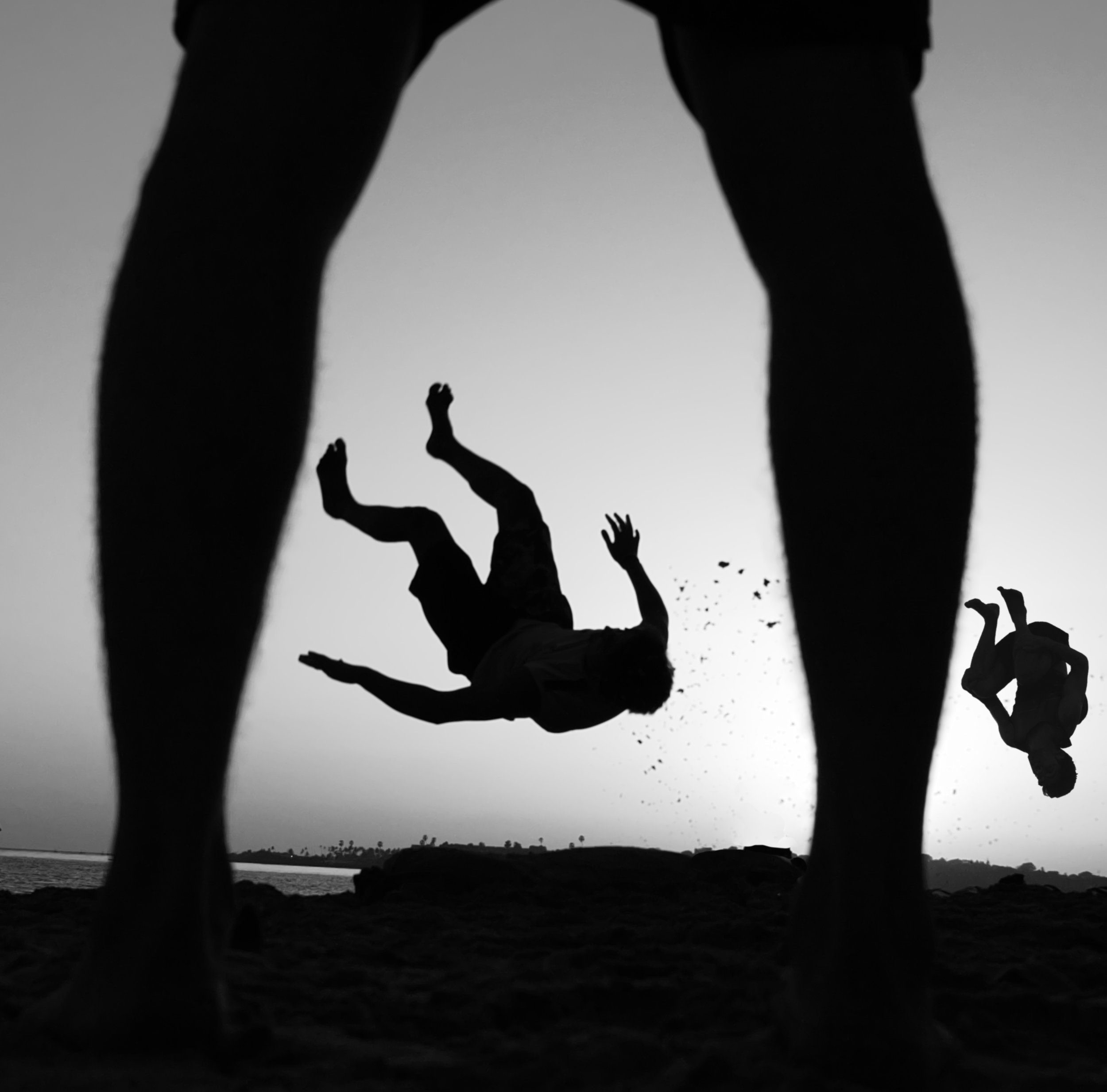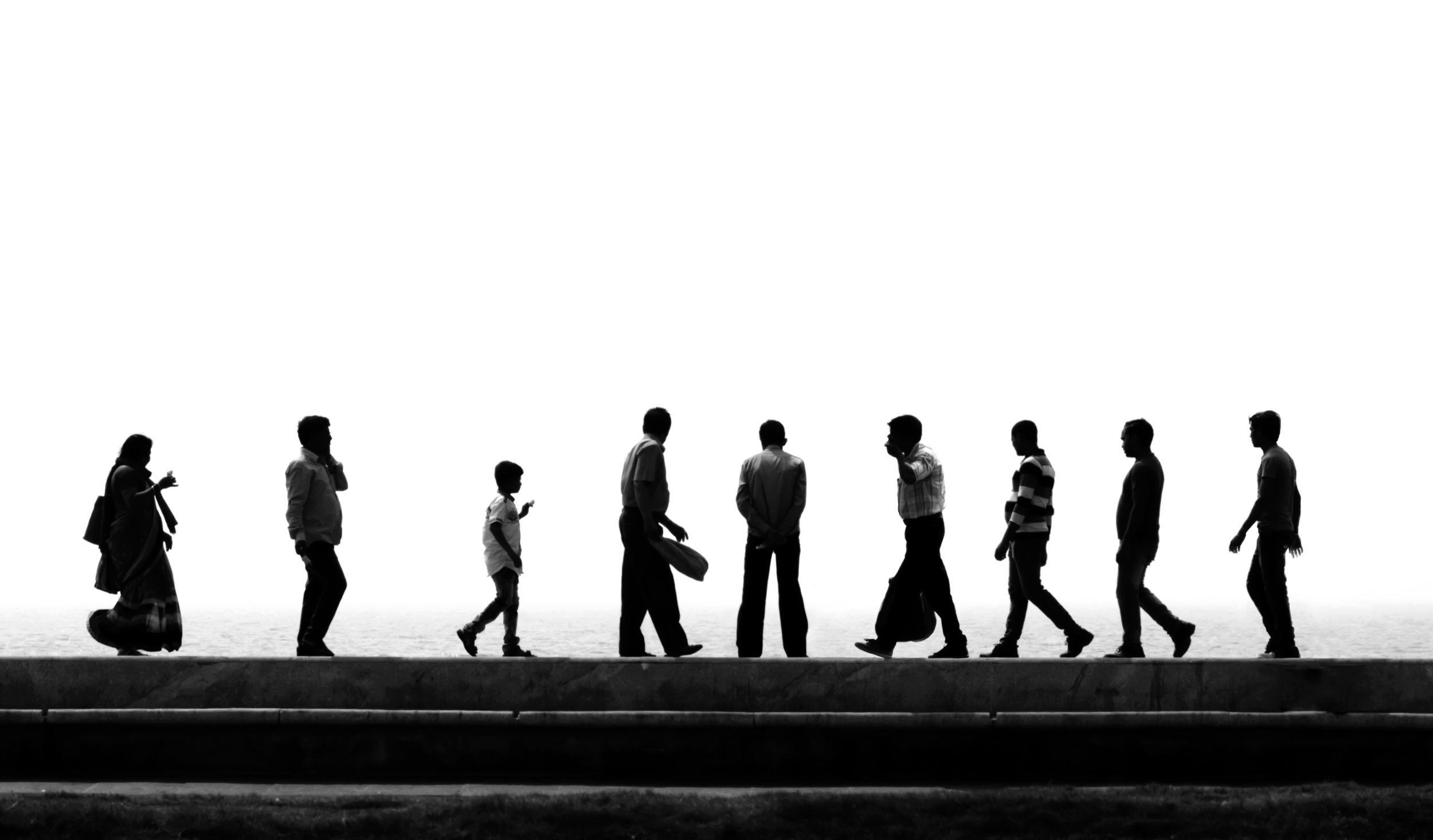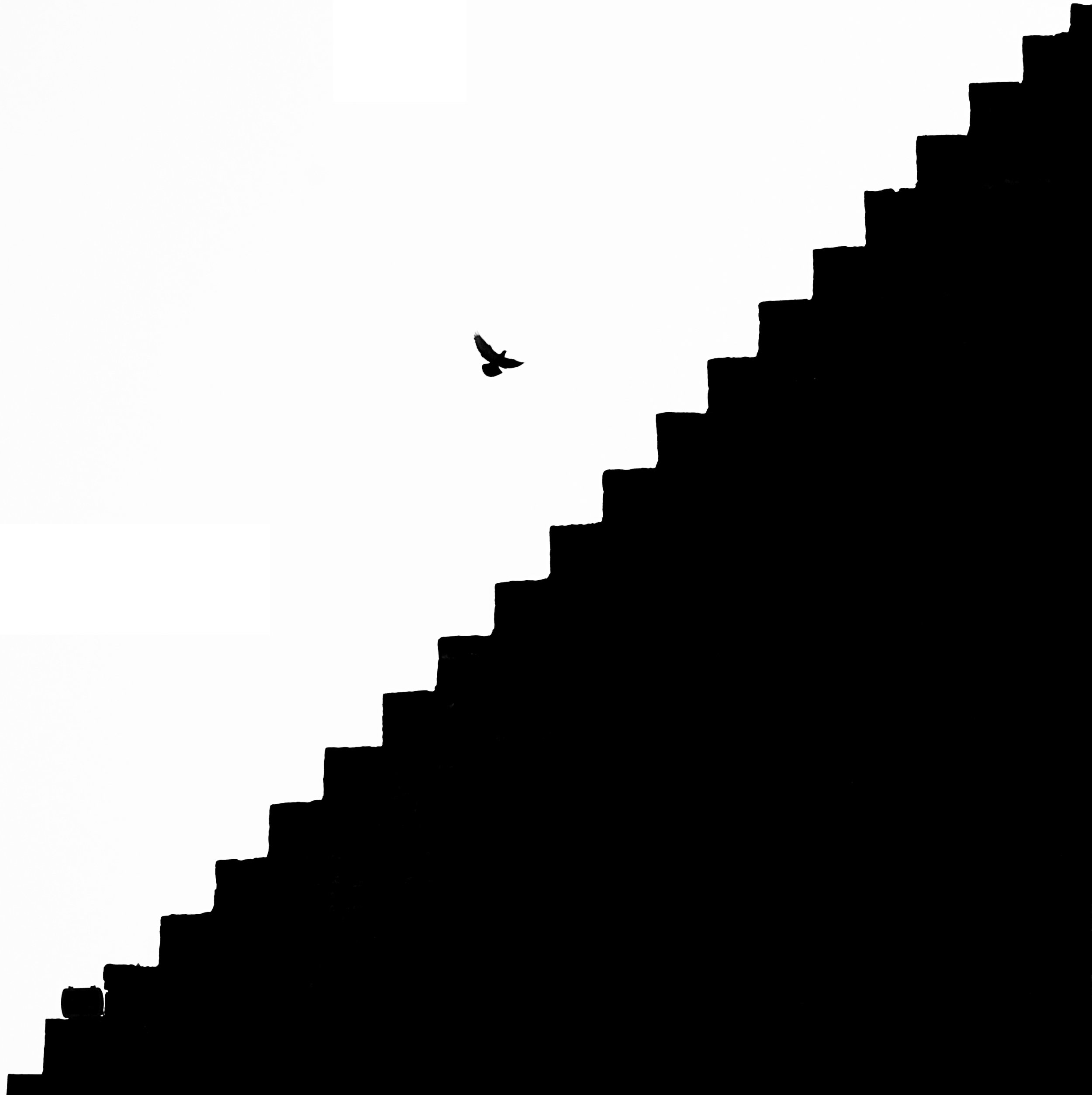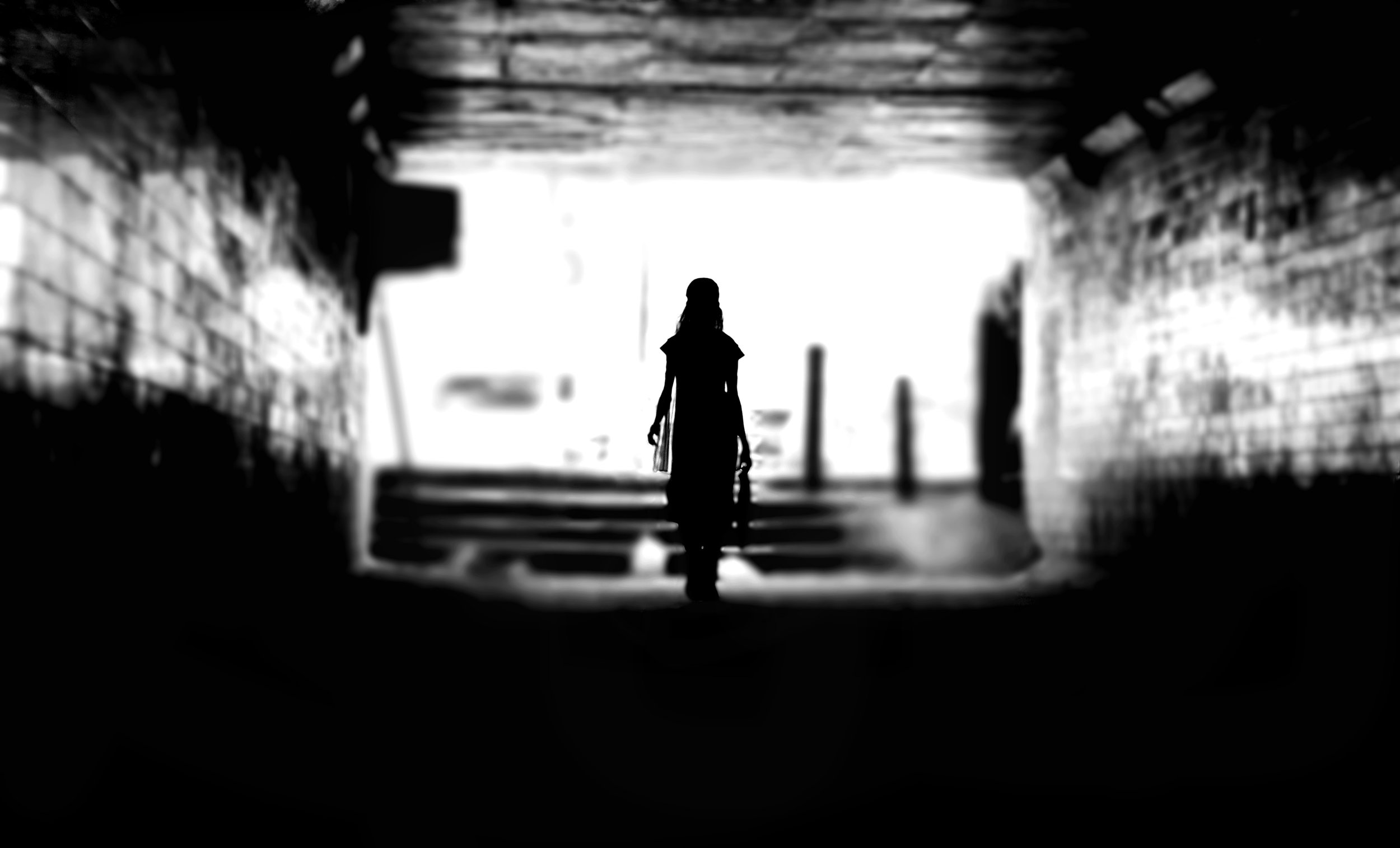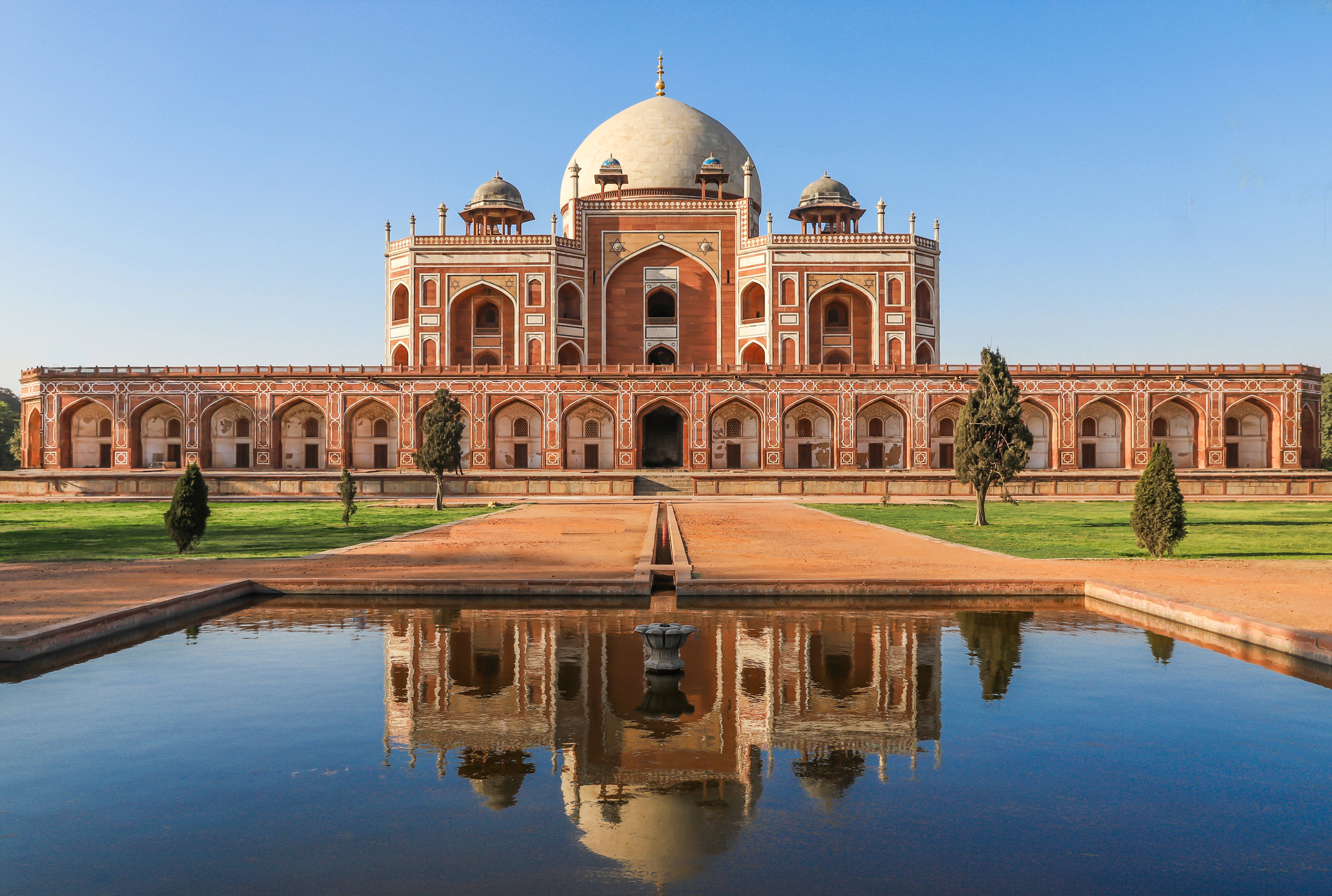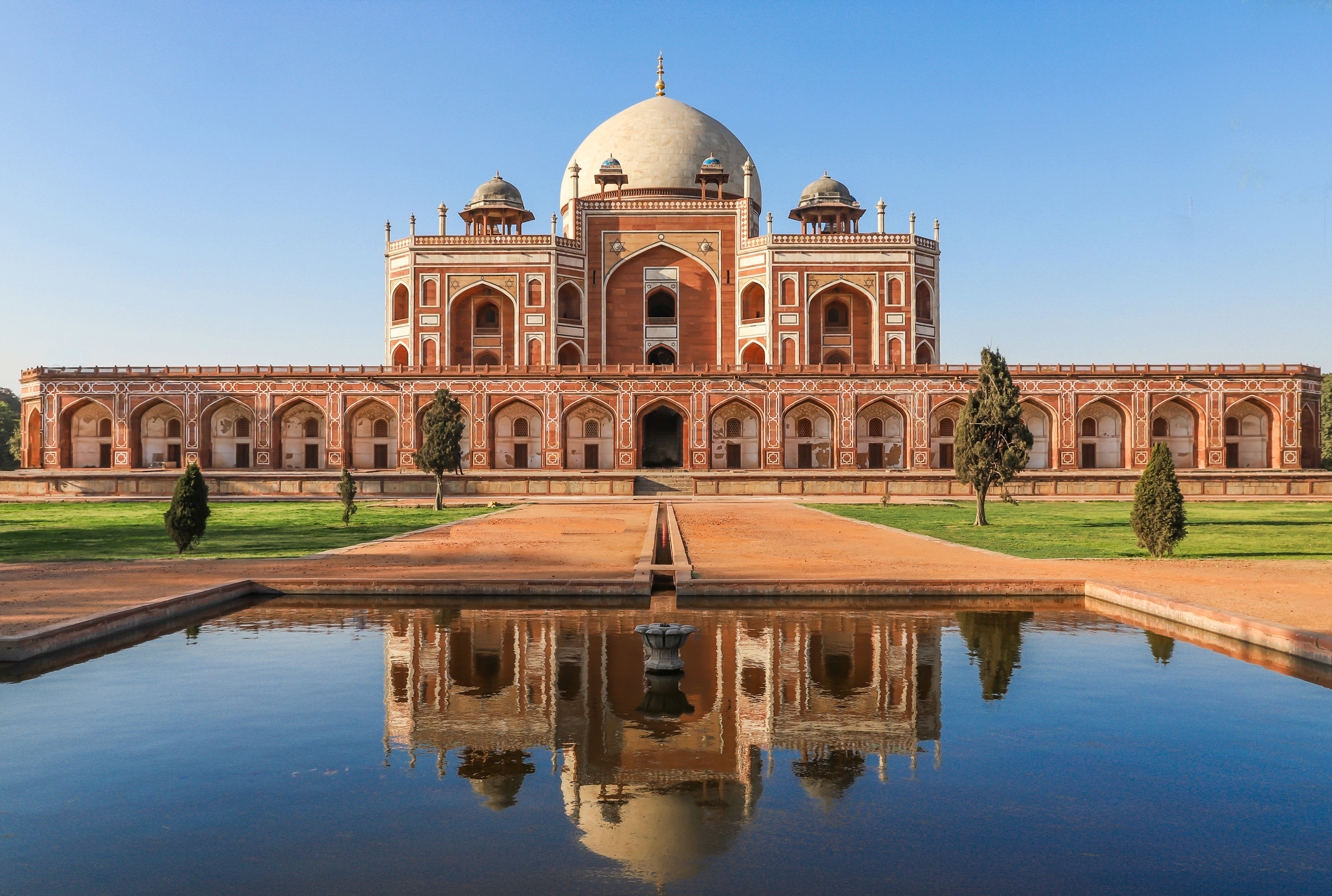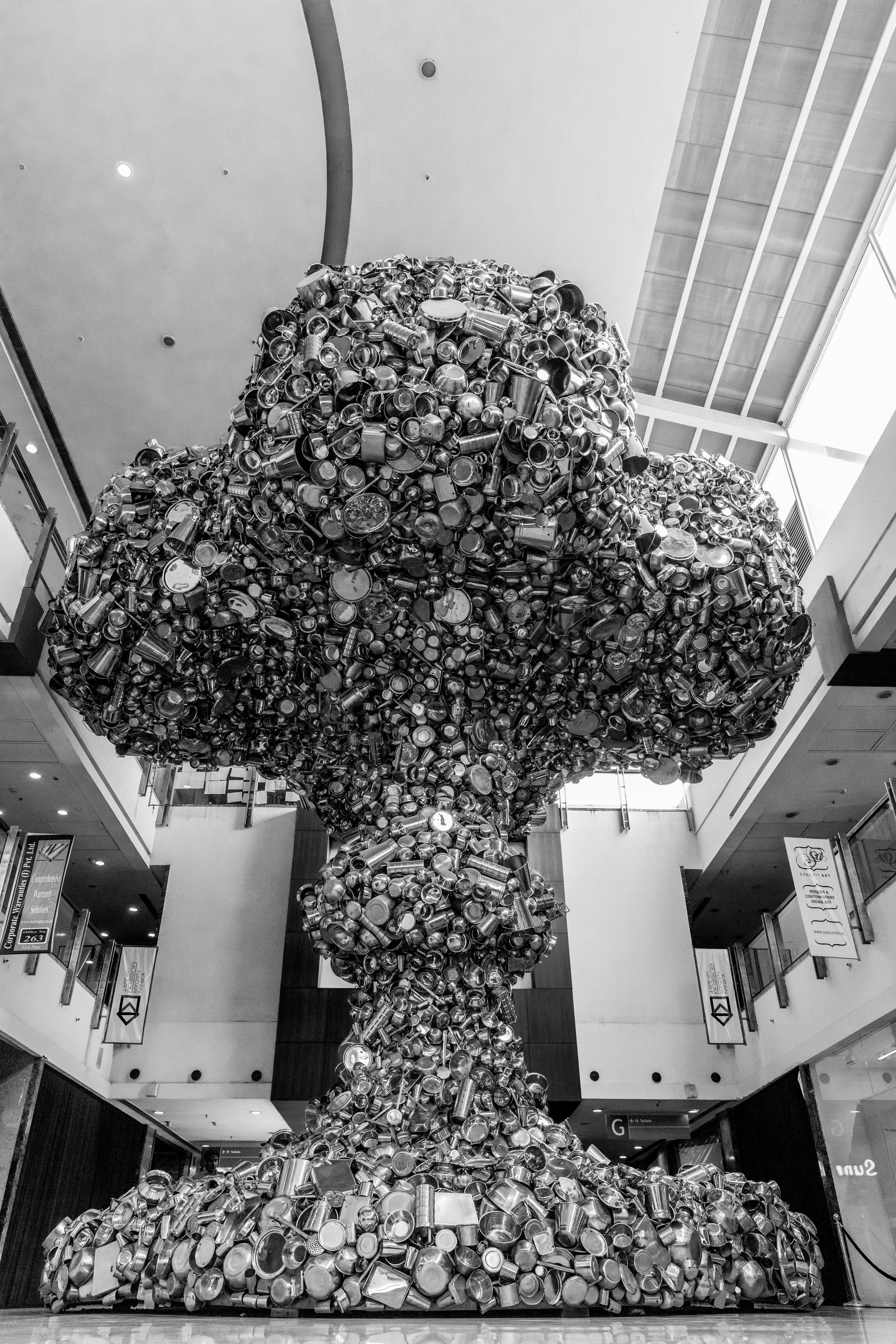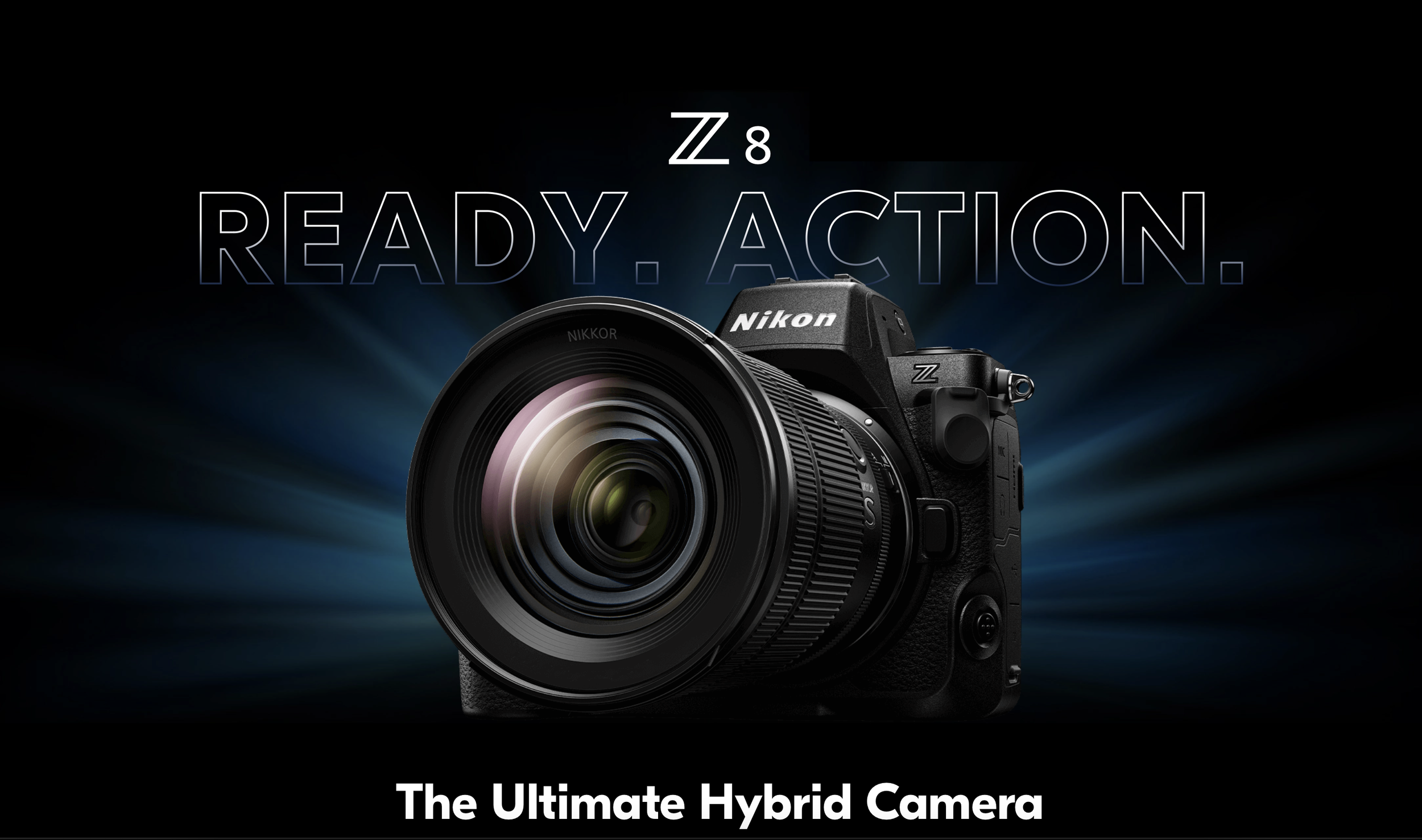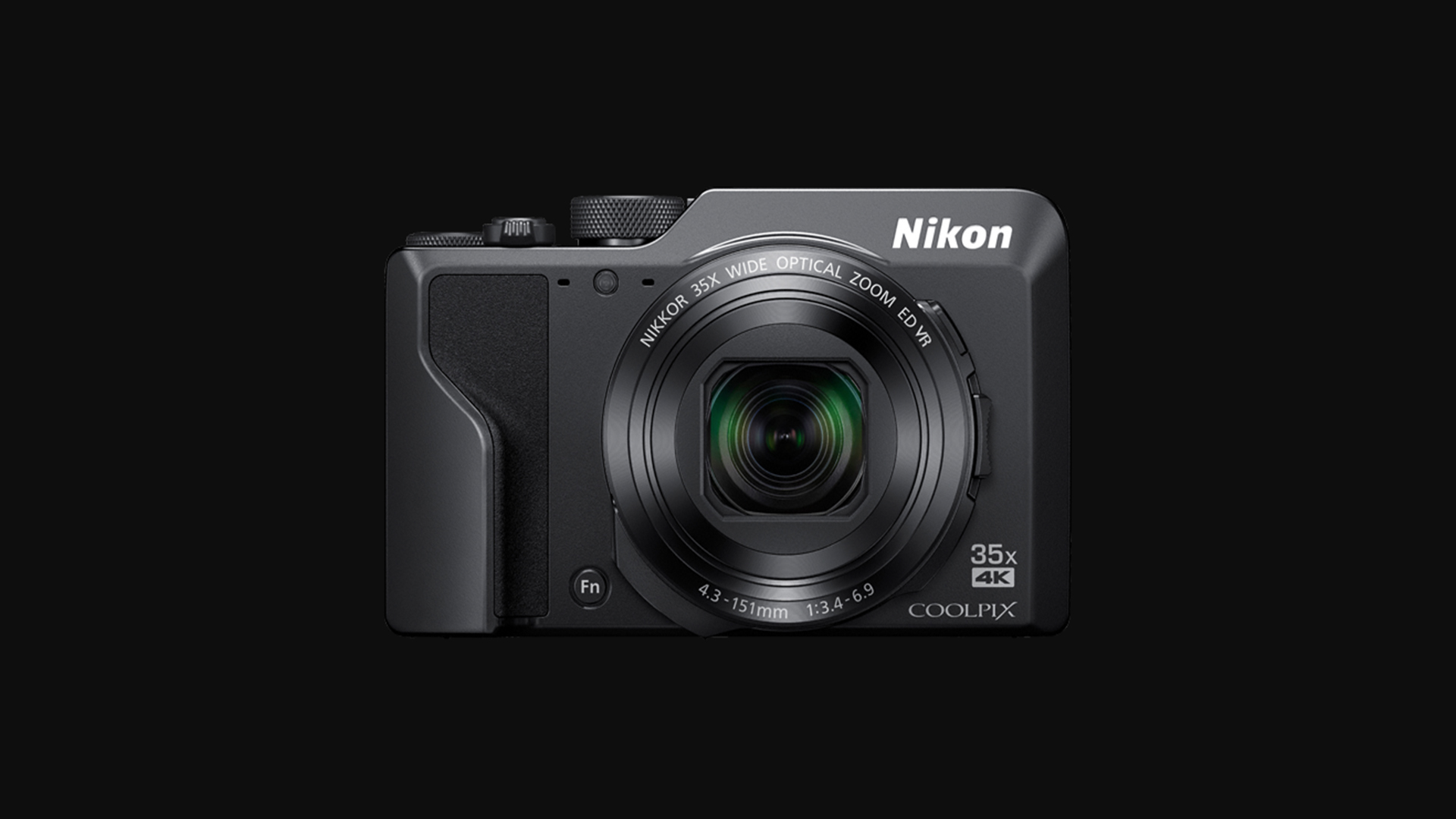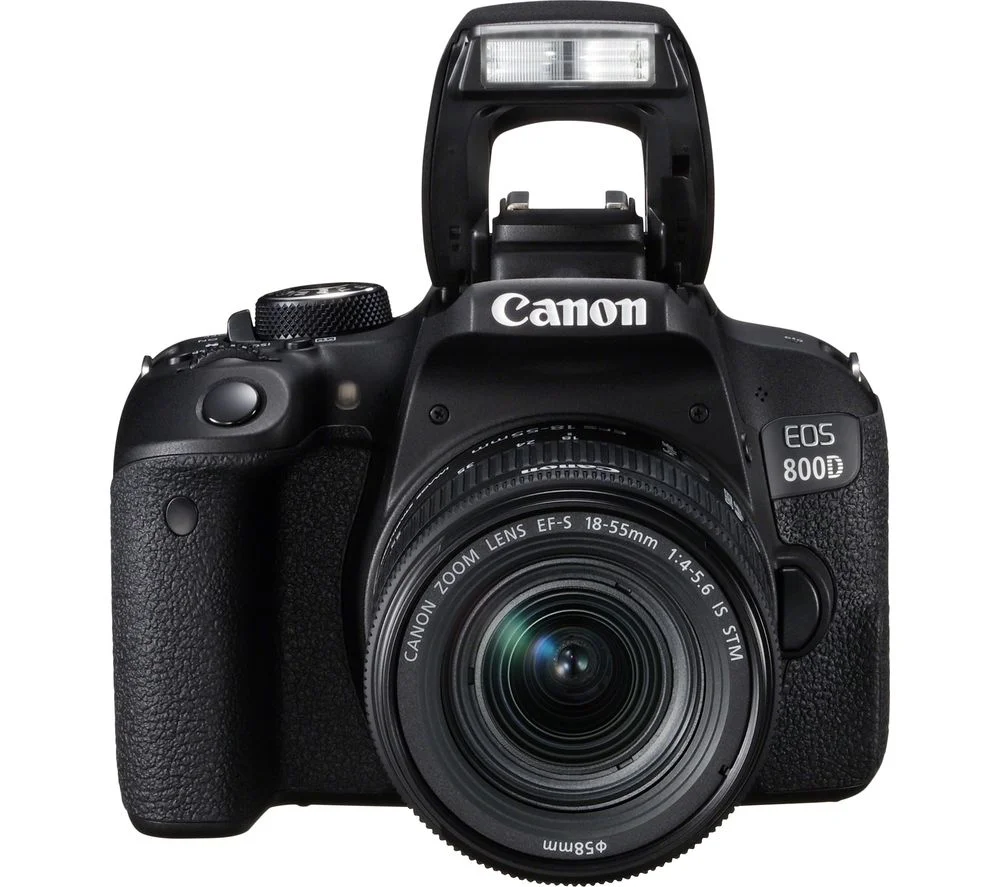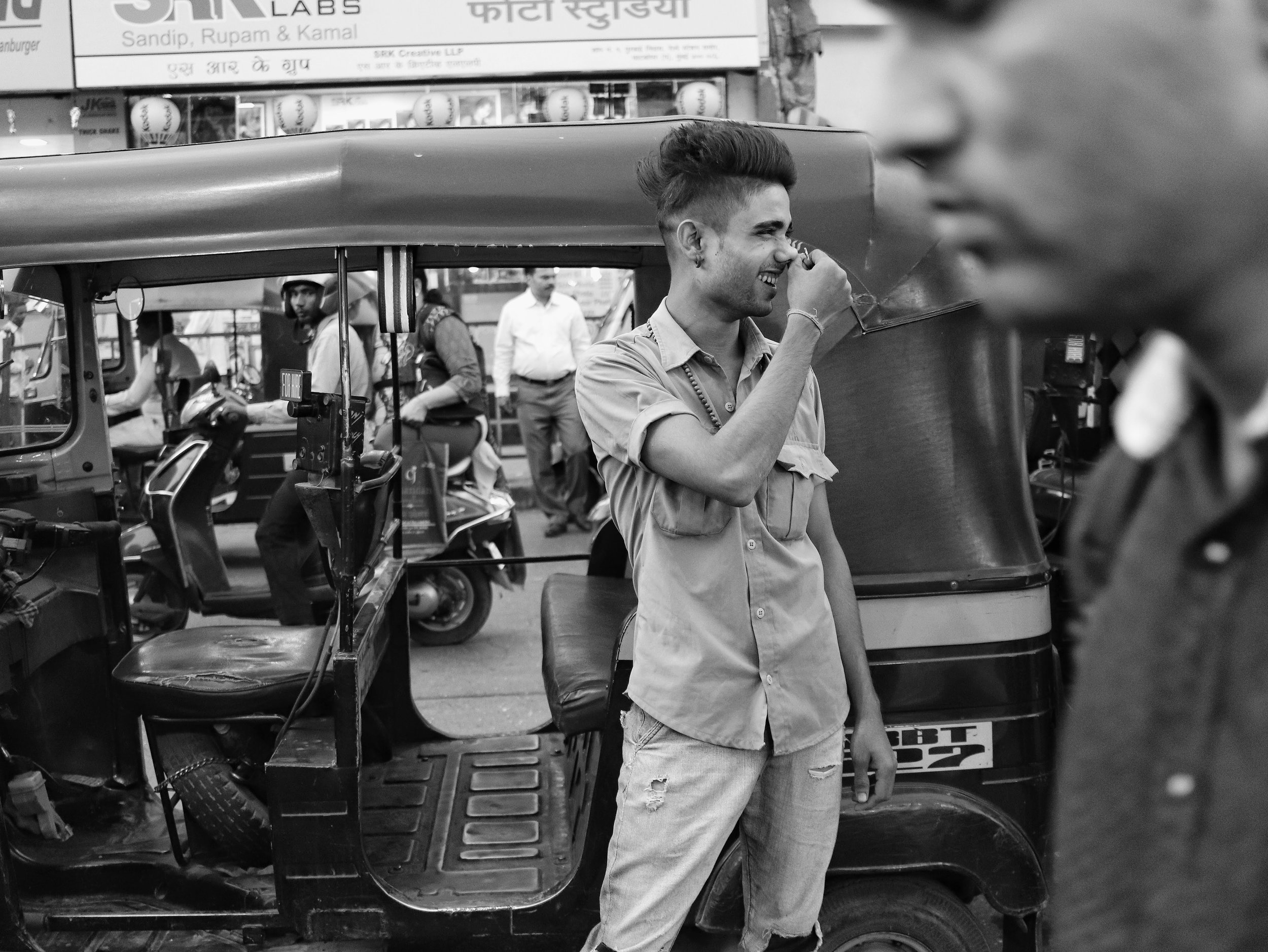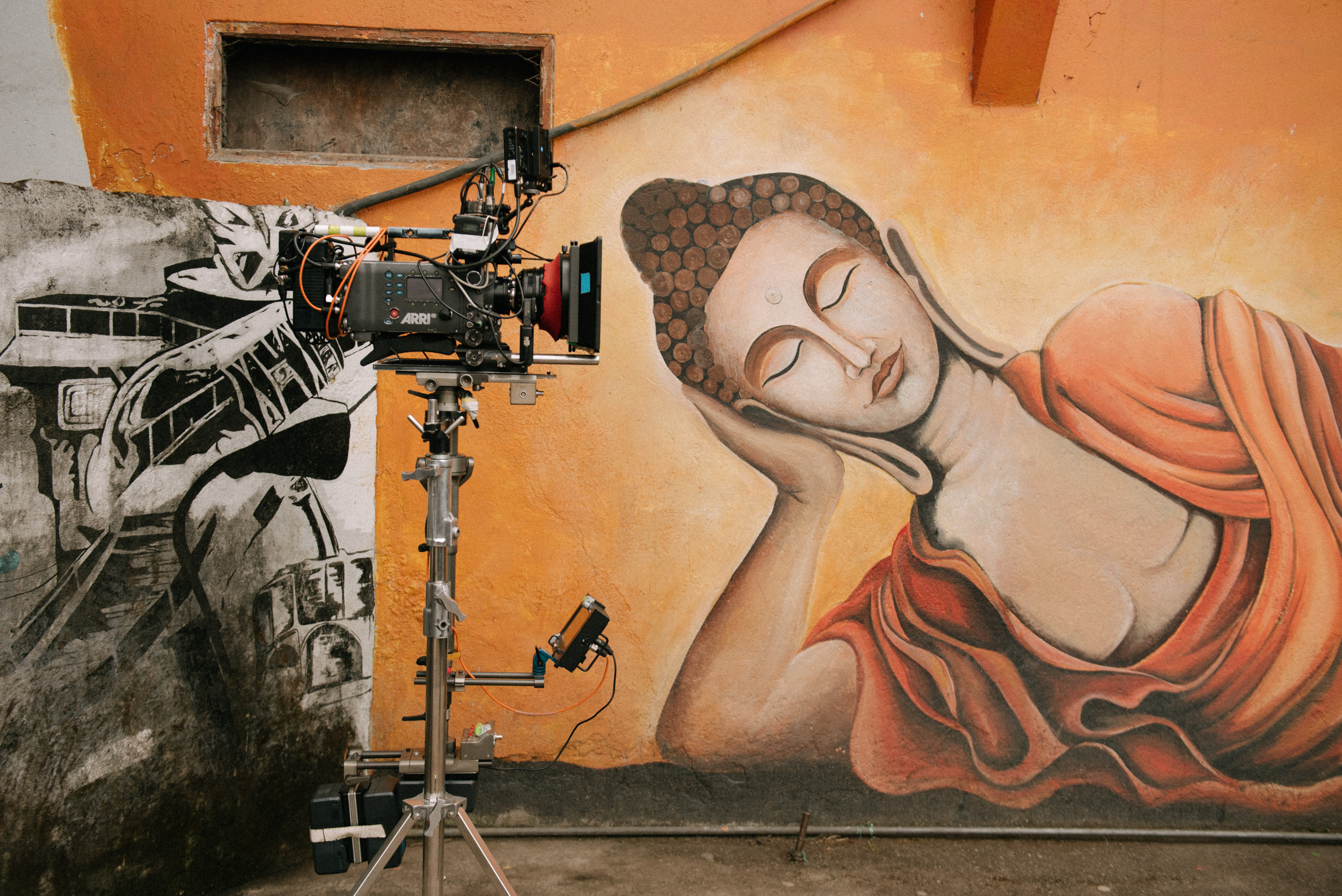
5 Frames Of Black And White Silhouettes | By Himanshu Singh Gurjar
Himanshu Singh Gurjar has been photographing silhouettes for 4 years now. This is his submission.
Himanshu Singh Gurjar is a filmmaker and photographer from Jodhpur, Rajasthan. The following article features excerpts from our conversation with him.
Why Silhouettes?
One, because it makes things simple. You get back to the basics and focus only on things that matter most: composition, the play of light and shadows. When done properly, it looks very clean and minimal. Silhouettes are very soothing to the eyes. You don’t need an expensive camera to create silhouettes, and things that are ordinarily a constraint - like harsh light - can be worked to your advantage. In fact the harsh light that you see at noon is actually better for creating silhouettes.
“Like any other kinds of images, the more you click, the more you’ll start to see silhouettes. ”
How did the idea for silhouettes come to you?
When I started my journey as a street photographer, it happened on the camera on its own . I was fascinated by how clean and cinematic it looked, and I deliberately photographed only silhouettes for the next thirty days. I started enjoying the process so much that I would often “see” silhouettes or instances where a subject was lit from behind, I would quickly underexpose the subject and take a photograph. I have lost count how many I’ve taken over the years.
What camera do you use for your images?
The ones you’re seeing were shot using a Canon 600D, with a 50mm prime and a 55-250mm zoom lens.
“It’s a busy subway that literally hundreds of people cross at this time of the day. Somehow, this fell in place - the lady was walking right in the center and there were absolutely no other people.”
What is the key to creating a good silhouette?
Silhouettes are created when a subject or multiple elements are blocking the light from coming into the lens. The rule of silhouette is that the source of light must be in the background. By underexposing our subject from the front, we get a good silhouette. Apart from that, the extreme contrast is what give silhouettes their charm, so there has to be that.
“Silhouettes also look like they’re created using graphics because of how clean and minimal they look. ”
Black and white or Colour?
Both have their charm. It actually depends on the theme I’m photographing. In the case of silhouettes I go with black and white because they’re great at capturing emotion. But I often shoot in colour and then process them as black and white because you never know what you might end up getting. So it’s good to have that option. When it comes to colour, everything has to be right. The various colours in the frame need to go well with each other or create a good contrast against one another and the light has to be perfect. Doing black and white is getting back to the basics - framing, highlight and shadows - that sort of thing. You don’t have to worry about your subject is wearing or what they look like.
A little on camera settings when you’re photographing silhouettes…
With the aperture, I use f/8 or f/9, for it (the images) to look more sharp. And because you’re not worried about excess light - you can also shoot using a higher shutter speed. This way, the edges of the photograph remain sharp.
What kind of post-processing do you do for these?
There’s not much post-processing but I usually boost shadows, slightly enhance the contrast, brighten the image a little bit or fix the crop, if required. I do a little bit of sharpening too because you’re not seeing the image on a bigger screen when it comes to Instagram. The images are usually lower in quality so I sharpen them so they can stand out.
“I research before going to any particular location and search for relevant pictures on Pinterest or Instagram. This helps me visualize something or come across a perspective I wouldn’t normally have thought of. ”
Himanshu Singh works and resides in Mumbai. You can hit him up on Instagram: @himanshusinghgurjar
If you would like to contribute to ‘5 Frames’ please fill this form here
Editor: Rishabh Udgata
5 Frames with the Canon 6D Mark II by Robin Ghai
Robin Ghai shares 5 Frames from Canon 6D Mark II.
Almost a decade ago, I went on a trip to Nainital with my colleagues. One of my colleagues’ fiance, Mayuk Roy, was carrying a Nikon DSLR with him. While we were strolling through the roads and by-lanes of Nainital, trekking through hills, munching at various food joints, and of course, boating on Naini Lake, Mayuk kept his camera's shutter busy. He would stop at a spot take a shot; have look at it; fiddle with few buttons on camera and another take another shot. And this continued until he was contended with result. Oblivious to the nitty-gritties of photography, I was a bit irked because it paralyzed our pace when moving from one spot to another.
A week after returning home, he shared the Picasa link to the photos that he took during our outing. I was amazed; stunned upon seeing the photos and learning what one can do with a camera. I loved how one could share his/her perspective of seeing things that are around. It fueled the contemplation of buying a DSLR camera in me. After few weeks of research (Googling and visiting camera shops), I zeroed in on a Canon 1000D. It was my turn to be "Mayuk" in next outing.
During nascent years of my passion, I was quite active and would click photographs often. However, this faded away with the passage of time.
It was August 2017, when a thunderbolt by the name of ‘Gorky M’ struck me while browsing YouTube and reignited my passion for photography. In the next few months, I graduated to a Full Frame DSLR - Canon 6D Mark II. The camera’s superb low light performance, a fully articulating touch screen, 45 cross-type focus points and a high FPS drew me to purchasing this camera.
Since then, I’ve taken it for a few outings and shot many pictures at home too. Here are my 5 Frames from Canon 6D Mark II.
This is Humayun's Tomb. It is located in the Nizamuddin East area in Delhi. The monument is quite crowded on the weekends. I used a tripod to take 5 shots and 5 second intervals and stacked them in Adobe Photoshop to remove people.
This one was shot in the basement parking area in my apartment building. I used a gobo and gel on flash to create this background.
This is an in-camera multi-exposure silhouette of my wife, at home. I used rice lights to create the bokeh and placed a flash with a CTO gel behind my wife to create a silhouette.
This is a huge mushroom-shaped Sculpture made from countless steel utensils. It is installed in Kiran Nadar Museum of Art, Saket, New Delhi. It measures 36 X 36 ft and weighs 20 tonnes.
Thanks for reading & spending time going through my work. In future if I get to write blogs, this attempt is going to be foundation stone and will make it to my story of "How I started writing blogs".
If you would like to contribute to “5 FRAMES” please fill the form here.
Robin Ghai is based out of NCR, Delhi and spends his day working on spreadsheets and PowerPoint slides at a professional services firm. Robin aspires to be a full-time wedding photographer one day. You can find him on:
Twitter: https://twitter.com/robinghaitweets
Instagram: https://www.instagram.com/robinghai/
5 Frames with the Canon 800D by Rishabh Udgata
A LITTLE HISTORY
To begin with, I just wish to say that I have never been a photographer. I have never called myself a photographer. Yet, somebody sees a camera on you, and instantly takes you for the brooding, obsessed with life big-shot photographer roaming the streets. On some days I choose to go with it. Let them think I’m a photographer. It makes things easier.
Last year, my mother had gifted me a camera. A Canon 800D that she thought would push me to be more creative. She passed away a few months after. After that, I put off touching the camera for the longest time. It would only remind me of her. Even worse, the last few pictures I took were those of her. After several months of delaying my gratitude for my mother, I decided to photograph with it again, and little did I know about how liberating it would be. It was when stepping out to photograph, I experienced what they call a ‘flow’. The chattering in my mind would finally die down, and I would only be focused on the job at hand. It turned into a habit. Now, like I mentioned, I’m no photographer, but I’m drawn to photography like it’s the last worthwhile thing here on earth. And it’s my hope that my pictures improve and maybe, someday, I could end up calling myself one.
ONTO THE ASSIGNMENT
This excursion was impromptu, to be honest. I recently purchased a 24mm with a f/2.8 aperture on it and I was itching to try it out. I also use a 50mm 1.8 (which I absolutely love), but I realized that my pictures weren’t doing it. The portraits looked real nice, but somewhere I wouldn’t be happy with the work I was able to put out. I missed having a little background, a bit of scenery to go with my subjects (I shoot portraits as of now).
Our editor and chief, the magnetic Gorky M suggested that I take the time to shoot black and white. We do take the classic B&W for granted - it is an art-form in itself. And any person who can understand the way light affects the grays, the various blacks and whites, has the power to milk emotion. So I did as he suggested, and it’s true - a new world opens up to you. A nostalgic one, filled with reverence for all things little and large, where faces change and the eyes say a lot more. It’s like a spell being cast on the world, a beautiful lapse of time that was missing. It’s like hitting pause and realizing the magic of breath.
GHATKOPAR, MUMBAI
It was completely random, me stepping out one fine day to photograph. I wouldn’t say that I have covered all of South Mumbai (which they say is the real Mumbai) but I am tired of photographing there. At least for now. So this fine day, I took the tube to a central suburb called Ghatkopar.
Ghatkopar is like any suburb of Mumbai, cluttered and populated. There’s no place to walk here, and if there were - there’d be a shop there. The sidewalks cater to hawkers and serve as extra spaces for shop owners in front of them. It’s tough to pick out a moment here, there’s just too much chaos. An auto rickshaw stand is stationed right next to the bus stop, people are eating, smoking, buying clothes - all at once. So I tried to do what I think I do best, take pictures of people.
As I turned left from the bus stop, I saw this man seated on an old bike. These single-seat bikes aren’t available anymore. Or at least, they aren’t popular like they used to be. My uncle had one when I was little. You had to kick-start it till your feet bled before you could work up some life into this fickle thing.
My dependence on caffeine plays a vital part in this second picture. As the day was winding down, my morale too felt like calling it quits. Suddenly, lethargy crept into my body and I had the impulse to go grab a nice cup of chai. And here’s the amazing thing about Mumbai, or India, that there’s a tea stall somewhere nearby. There’s millions of us feeling lethargic throughout the day, and chai is able to keep our spirits high. As I walked into a grimy alley, I could smell a fresh batch of tea being concocted, with a hint of lemongrass.
At the tea stall, I saw two security guards - simple teetotalling men, taking a break from their duties to sip a cup of tea.
There’s something about uniforms that just makes look people great. When I saw these two gentlemen, I had to ask one of them for a picture. Once he had agreed, I decided to be a bit more bold and ask him to hold up his walkie.
The texture on the wall behind the man was deliciously photographic too, and once I sharpened the picture - it popped right out.
This guy was really kind enough to let me take a few pictures of him. I was fascinated by the text on his t-shirt. This is a thing I’ve run into on many occasions in my country. There are many non-English speaking people walking around with the most amazing captioned t-shirts. It’s really something. Not many of us could wear something as bold as this. You would have to be campaigning for something, or wear it in a protest, perhaps. I certainly couldn’t carry off something like this. For the simple reason that I could never practice what I preached.
Okay, there’s nothing to this photograph. It’s a candid picture of an auto-rickshaw driver laughing on a joke made by another rickshaw driver. He had a cool haircut, though.
While we’re still on the subject of learning, one thing continues to move me. It’s how human the art form of photography is. It’s a conversation starter like no other. You meet all kinds of people. You hear stories that have the power to change you and shape you.
As an effort to shoot with more confidence, I have begun talking to people who I take pictures of. It really adds to my day and it also becomes the reason for doing this so often.
One of the people I struck up a conversation with was this gentleman. He is the owner of a tobacco shop in Ghatkopar. We spoke for around fifteen minutes, talking about many different things. I complemented him on his look and he said, “I wish you had met me earlier, the beard was much, much longer.”
I had plenty of keepers (good photographs) from this random outing. These made it to the eventual cut. The 800D is a decent camera. It shoots quickly, the menu is easy to understand and has many options for lenses. With a 24mm 2.8 pancake lens, I was invisible. At least I felt invisible. Maybe, I’m getting better at this.
If you would like to contribute to “5 FRAMES” please fill the form here.
Rishabh Udgata is a writer and contributor at GMax Studios. He goes by @oodgata on Instagram.

